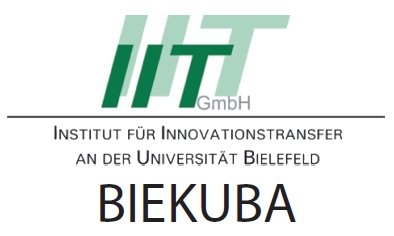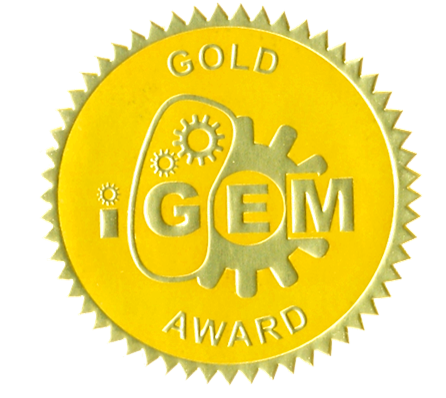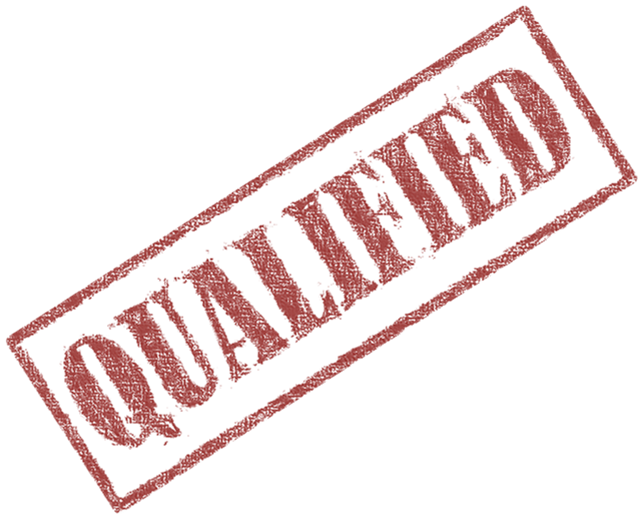The birth control pill is a widespread contraception method. However, large amounts of these modified estrogens leave the body again in urine. The conventional methods in sewage treatment plants are unable to treat waste water sufficiently because the most frequently used estrogen ethinyl estradiol is very difficult to break down. As a result, the hormone finds its way into rivers and lakes and accumulates in drinking water with serious consequences for fish and other aquatic life. These range from reproductive and severe developmental disorders to the formation of female sexual characteristics in males. The long-term consequences of increasing estrogen pollution for human beings are still largely unknown. Nonetheless, declining sperm counts and thereby increasing infertility in men living in industrial nations may well relate to this hormonal pollution. In addition, testicular and prostate cancers as well as osteoporosis could be a consequence of overly high concentrations of estrogen in the human body.
The goal of Bielefeld’s iGEM team is to develop a biological filter using immobilized laccases to purify municipal and industrial wastewater from synthetic estrogens and other aromatic compounds. Laccases are copper-containing oxidase enzymes found in many organisms, and one of their properties is the ability to break down a wide range of aromatic and phenolic compounds. For this purpose, genes of various bacterial and eukaryotic laccases should be isolated and expressed in Escherichia coli and Pichia pastoris. The team is aiming to manufacture this enzyme economically and safely with the help of methods from synthetic biology. It should also be possible to extend the concept to other, in part poisonous and carcinogenic pollutants in drinking and waste water, as well as into industrial application, such as in paper and textile industries or even for bioremediation of contaminated soil.
Team:Bielefeld-Germany
From 2012.igem.org
Welcome
A Case for Laccase!
iGEM Team Bielefeld 2012
Achievements
- Gold medal at the Europe Regional Jamboree
- Qualified for the World Championship
- Production of four active bacterial laccases
- Design and assembly of a shuttle vector for site-directed integration in P. pastoris
- Production of an active fungal laccase (TVEL5).
- Successful characterization of the activity of four bacterial laccases regarding the oxidization of ABTS under different conditions.
- Successful immobilization of the Trametes versicolor-laccase (named TVEL0) and measurement of its activity.
- Successful immobilization of four bacterial laccases and measurement of their activity.
- Successful creation of a model which simulates the required laccase amount to degraded harmful substances under real sewage plant conditions.
- Feasibility study of our project.
- Creation of a database to organize our samples.
- Improvement of a BioBrick by clarifying its true function.
Our Partners
| 120px |  | |  | | ||||
| |  | |  | | ||||
 | | |  | 100px |
 "
"











